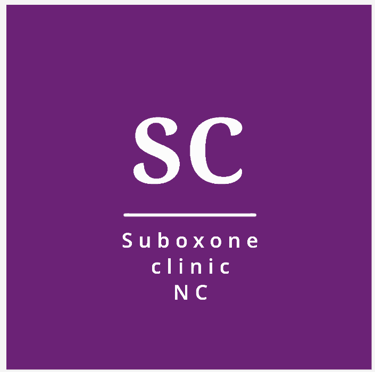Free Naloxone is being distributed by Michigan pharmacies.
The state of Michigan is addressing the opioid problem with free naloxone at participating pharmacies on August 31st, which is Overdose Awareness Day.
The state of Michigan is addressing the opioid problem with free naloxone at participating pharmacies on August 31st, which is Overdose Awareness Day.
In 2017, there were over 2,686 overdose deaths in Michigan. Opioid overdose is a preventable cause of mortality in many circumstances. Increased availability to the life-saving opioid overdose antidote naloxone is one direct strategy to battle overdose, yet roadblocks remain in the way of this life-saving opioid overdose prevention tool. This year, we thank the state of Michigan for holding a free naloxone day on August 31st across the state. Anyone over the age of 14 will be able to get naloxone for free at participating pharmacies around the state (you can get it anonymously and aren't asked to submit any personal information).
Who should carry naloxone in Michigan?
In its advise on naloxone and the overdose epidemic, the US Surgeon General's office reminded us that we all have a role to play in this public health disaster. People who fit the following characteristics should carry naloxone since they are at a higher risk of opioid overdose:
Prescription opioids (such as oxycodone) are misused, as is heroin and illicit synthetic opioids (like fentanyl or carfentanil).
Those who have an opioid use problem, especially those who have completed opioid detoxification or who have been discharged from treatment that does not include the use of methadone, buprenorphine, or naltrexone on a long-term basis. Following an opioid overdose, I was recently released from emergency medical treatment. Being recently released from prison and having a history of opioid usage or addiction. They also point out that patients who use opioids as recommended for long-term chronic pain management, especially when combined with other sedative medications, are at a higher risk of overdosing.
Are you unsure how to administer naloxone? For more information, go to harmreduction.org or watch a fast video.
Even if you don't know anyone who is suffering from an opioid overdose, having naloxone on hand and knowing how to use it in an overdose can't hurt. Consider it akin to CPR training: it's a preventative method for assisting someone in a medical emergency. We can all help to turn the tide of this epidemic, especially in Michigan, which has higher opioid overdose rates than the national average. On August 31st, check with your local pharmacy to see whether they will be participating in Michigan's Free Naloxone and Overdose Awareness Program.
The MDHHS recommends that groups who distribute naloxone do the following:
Individuals who are currently taking opioids are the most likely to require naloxone, and are generally in the greatest position to respond quickly to overdoses.
Individuals leaving incarceration, individuals leaving abstinence-based treatment or detoxification programs, individuals who have a non-fatal overdose, and post-partum women all face a higher risk of overdose, thus arming them with naloxone is extremely important.
Make naloxone as accessible as possible: Providing easy access to naloxone by distributing it in places where people who use substances already go and addressing stigma increases the chances of someone who is actively using getting it.
